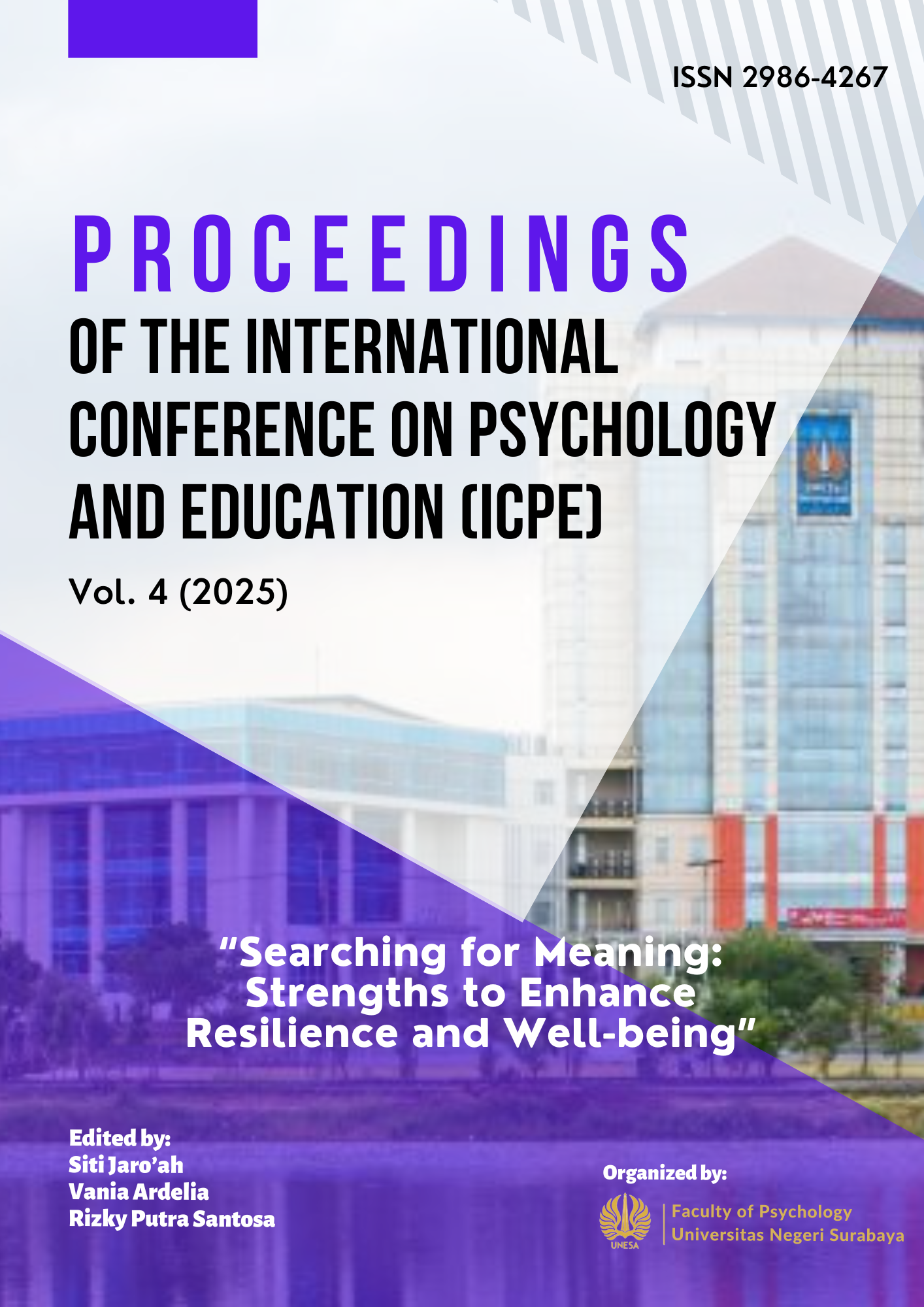Psychology Services for Children Sex Abuse by The Technical Implementation Unit of Bandar Lampung City
Keywords:
Child Sexual Abuse, Aggression, Gender, Media Effect, PsychosocialAbstract
Psychosocial services play a crucial role in supporting children who are victims of sexual abuse (CSA), particularly in areas with high case numbers such as Bandar Lampung. This paper discusses the psychological and social consequences of CSA on victims aged 4–17 years, emphasizing the prevalence of emotional disturbances such as anxiety, PTSD, and low self-esteem. Using qualitative methods through interviews and observations at the UPTD PPA Bandar Lampung, findings indicate that most victims come from lower economic backgrounds, with girls aged 6–12 being the most affected. The perpetrator-victim relationship is often close, involving neighbors, caregivers, or acquaintances. The discussion integrates theories such as attribution, bystander effect, conformity, sexism, and gender roles to understand community responses and systemic challenges. Additionally, the media’s role in desensitization and the need for comprehensive sex education are emphasized. Psychosocial services, especially those involving family, legal support, and therapeutic counseling, are essential for child recovery and community prevention efforts.
Downloads
Published
How to Cite
Issue
Section
License
Copyright (c) 2025 International Conference on Psychology and Education (ICPE)

This work is licensed under a Creative Commons Attribution 4.0 International License.
Authors who publish in this journal agree to the following terms:
Copyright in any article is held by the author.
The author grants the journal, publication rights with the work simultaneously licensed under a Creative Commons Attribution License that allows others to share the work with an acknowledgment of the work's authorship and initial publication in this journal.
Authors may enter into separate, additional contractual arrangements for the non-exclusive distribution of the journal's published version of the work (e.g., posting it to an institutional repository or publishing it in a book), with an acknowledgment of its initial publication in this journal.
Authors are permitted and encouraged to post their work online (e.g., in an institutional repository or on their website) prior to and during the submission process, as this can lead to productive exchanges, as well as earlier and greater citation of published work.

